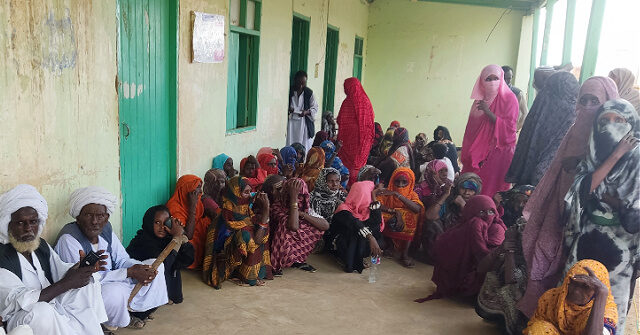The World Bank recently released a report highlighting the alarming rise in debt levels among 26 of the world’s poorest nations, including Afghanistan, Yemen, Ethiopia, and North Korea, marking the highest debt levels since 2006. The study, titled “Poverty, Prosperity, and Planet Report,” indicated a significant slowdown in poverty reduction, particularly exacerbated by the COVID-19 pandemic. The report emphasizes that poorer countries have struggled far more than wealthier nations in managing pandemic-related challenges, with additional complications arising from conflicts in Europe and the Middle East that disrupted food and fuel supplies. This confluence of issues has led to an increase in global poverty for the first time in decades, challenging the World Bank’s ambitious goal of reducing extreme poverty to three percent of the global population by 2030. Under current trends, this goal is more likely to be postponed until at least 2055.
The report paints a grim picture of the 2020s, characterizing the decade as potentially a lost era for global poverty reduction efforts. It notes that the poorest countries, primarily located in sub-Saharan Africa, are often governed by authoritarian regimes that exacerbate income inequality. These governments typically consist of a wealthy elite who benefit immensely while the broader population remains in dire poverty. This dynamic creates a situation where the ruling class has little incentive to invest in poverty alleviation; instead, they exploit the impoverished masses, making humanitarian aid challenging to implement. The World Bank argues that addressing income inequality and reducing it within countries is vital for poverty alleviation and for fostering peace and stability.
Furthermore, the report raises concerns about how rising poverty levels hinder efforts to combat climate change. It suggests that environmental issues are often sidelined in contexts where individuals and governments are struggling to meet basic needs. Wealthier countries have better resources to mitigate the impacts of extreme weather and other climate-related disasters, while impoverished nations suffer disproportionately from such events. The World Bank advocates for these nations to focus on long-term growth and improve health and education systems while cautioning against reliance on carbon-intensive development strategies. Notably, achieving poverty alleviation for those living on less than $6.85 a day could contribute to environmental degradation by potentially increasing global emissions by nearly 50 percent by mid-century.
A significant point of concern is the rising government debt in the poorest nations, which now stands at 72 percent of their economic output, an 18-year high. This leaves these countries at risk of financial instability and makes it increasingly difficult to borrow funds to combat natural disasters or stimulate economic growth. The report does not specifically address the implications of loans that these nations have taken from Chinese banks as part of the Belt and Road Initiative (BRI), even though these debts contribute significantly to the overall financial strain. While the report praises China’s success in eradicating extreme poverty domestically, it overlooks the substantial detrimental effects of Chinese lending practices on debtor countries.
Analysts and other research indicate that many developing nations have turned to the BRI for development funding, often for projects that fail to yield economic benefits. The secrecy surrounding the terms of BRI financing has raised alarm with institutions like the World Bank, which has previously warned about the potential for debt traps associated with these loans. The repercussions of such debts are palpable, as seen in countries like Sri Lanka and Zambia, which faced sovereign debt defaults due to unsustainable financing structures. The experience of these nations highlights how infrastructure projects funded by Chinese loans can burden local governments with exorbitant debt, leading to drastic cuts in essential services such as healthcare and education.
As these financial pressures mount, countries like Kenya are grappling with imminent defaults and governance challenges, revealing the real human cost of debt distress. Translations of these economic challenges into human impacts are evident through reported cuts in civil servant salaries and social services. Analysts indicate that over half of China’s loans to developing nations are now due for repayment, suggesting that the burden of BRI debts will continue to escalate. The economic landscape for these impoverished nations is increasingly precarious as they balance the need to service their debts with the pressing demands of their populations, ultimately threatening stability and exacerbating poverty in the region.

